7 ways to get rid of mushrooms in your yard
Here’s how to get rid of lawn mushrooms fast
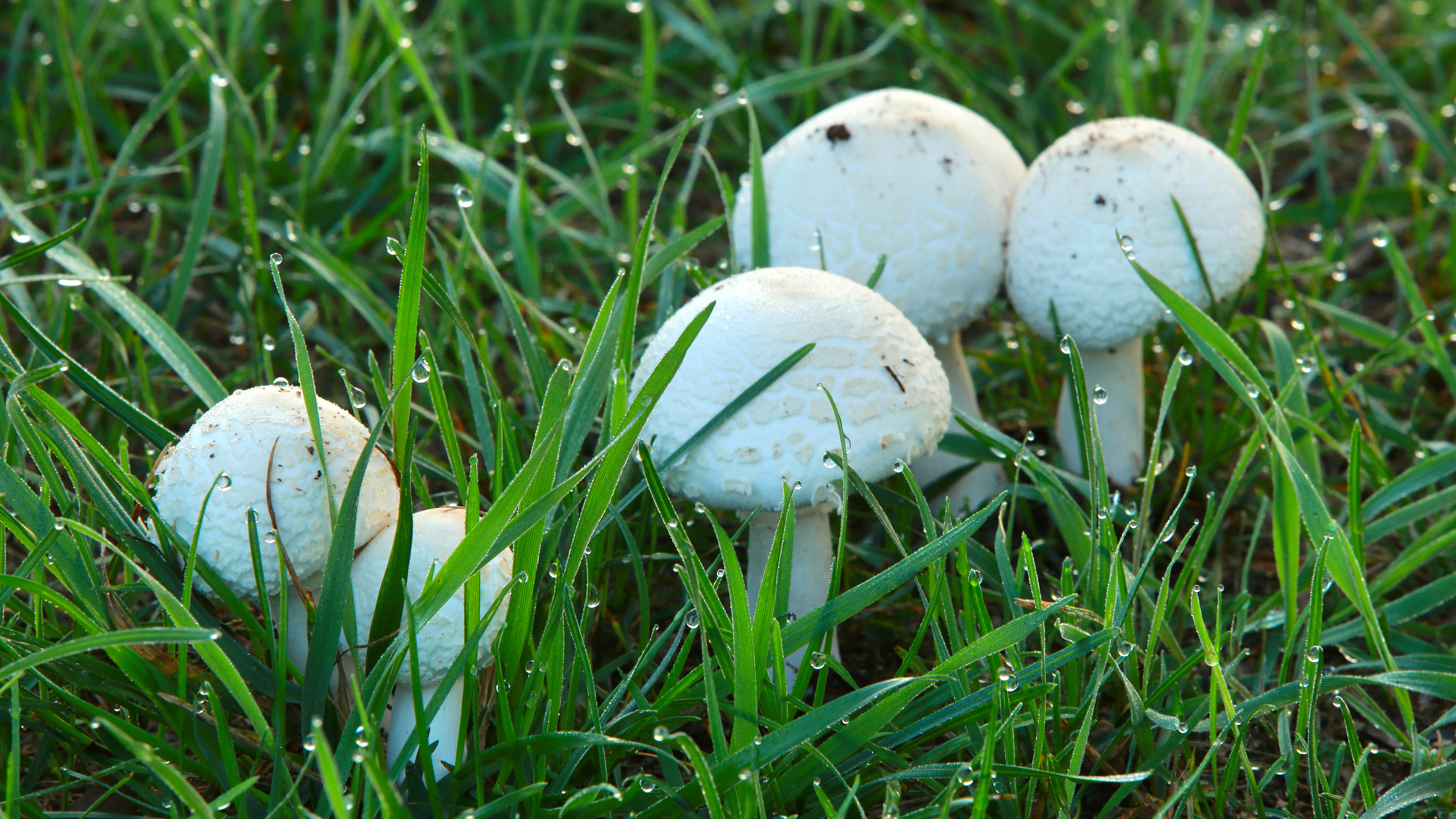
If you pride yourself on having a lush or striped lawn, there’s nothing more unsightly than mushrooms and fungi appearing. And if you spot clusters of these making your landscaped garden look more like a woodland, you’ll need to know how to get rid of mushrooms in your yard.
While mushrooms are actually beneficial in helping the breakdown of decaying organic material, fungi may also be a sign of an unhealthy lawn. Essentially, mushrooms are fungal structures usually hidden underground, that appear and thrive in poor lawn conditions. These include moist, damp, shaded, humid and organic waste environments, such as in grass clippings, compost, and mulch — all of which create the perfect breeding ground for mushrooms.
In addition, they let off airborne spores that can propagate widely, spreading more fungi. It's also worth noting that certain types of mushroom can be dangerous to children and pets if ingested.
Similar to knowing how to get rid of moss in your lawn however, it’s not that difficult to get rid of unsightly mushrooms. In fact, you can easily reduce fungi with some basic lawn care tips, that will also ensure you have a healthy lawn. So, if you want a fungi-free garden all year round, here’s how to get rid of mushrooms in your yard, and keep it looking lush.
1. Remove mushrooms and spray a fungicide
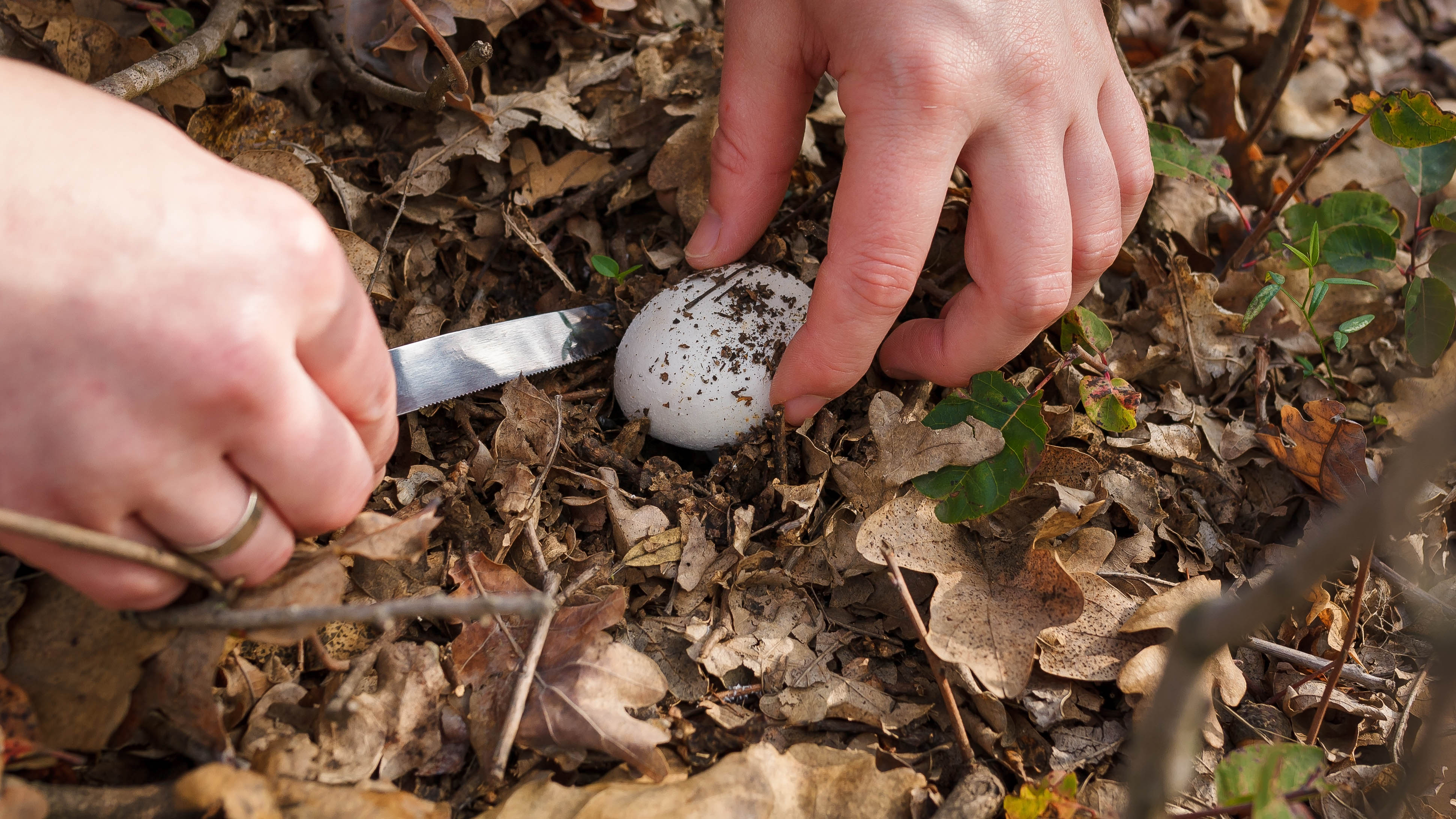
First, pull or dig up any mushrooms from the ground, wearing one of the best gardening gloves. You can use a spade or sharp gardening tool to help lift it out. Do not toss into your compost pile (as this will breed more!), so it's best to wrap/tie mushrooms up in a plastic bag before disposing in the trash. This will prevent the spores from spreading further across your lawn and yard.
Once you’ve removed all traces, you can spray the area with a homemade fungicide spray. Simply add a few drops of dish detergent mixed with water in a spray bottle. The dish soap acts as a mild fungicide, and should keep them at bay. What’s more, it’s free from toxic chemicals, and safe to use around children and pets.
2. Clear away organic garden waste
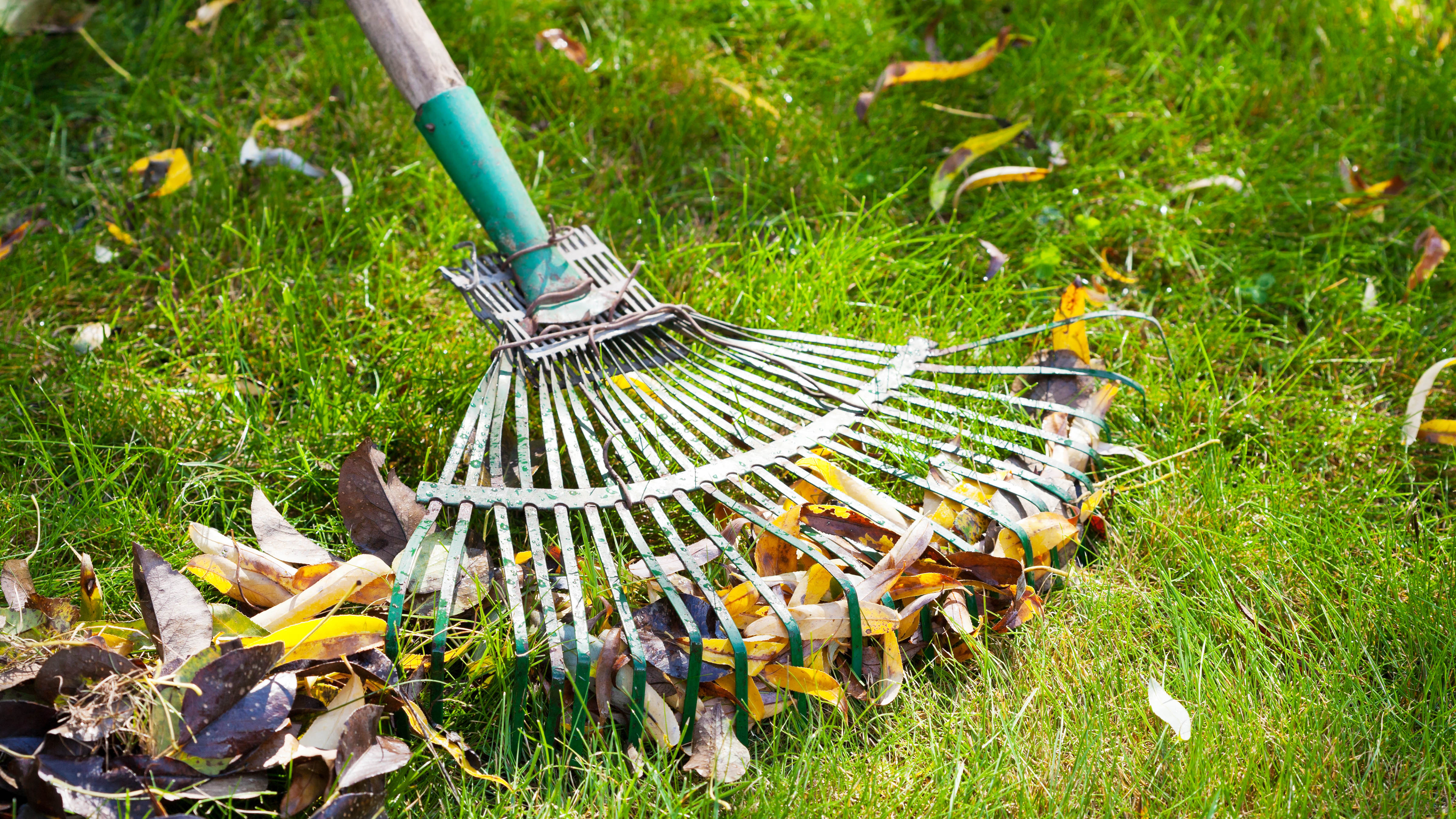
Typically, mushrooms thrive in moist conditions, especially from decaying organic waste. That’s why it’s always vital to clear your yard as much as possible. Regularly rake your lawn of dead leaves, buried debris, or leftover grass clippings.
Get instant access to breaking news, the hottest reviews, great deals and helpful tips.
You can either throw your organic waste into the compost heap, or there are plenty of clever, eco-friendly ways to reuse your grass clippings around the yard. Additionally, remove old mulch and replace with new mulch to reduce decaying matter from feeding the mushrooms.
Just avoid these 11 things you should never throw on the compost heap.
3. Dethatch your lawn

In addition, excessive thatch build- up in your yard can provide the ideal environment (and food!) for mushrooms. Dethatching your lawn or replacing old mulch will help to reduce the decaying organic material that encourages the growth of mushrooms.
An everyday rake works well for small lawns, but for the best effect, consider a dedicated thatching rake, such as the Bully Tools 24-Tine Leaf and Thatching Rake ($59.99, Amazon). Or for a larger yard however, you can opt for either a power rake or electric dethatcher.
If you're dealing with excessive thatch, you can fit your lawn mower with a dethatching blade in order to pull up thick layers or clumps of dead grass that is smothering the surface. This method of raking is also known as scarifying, and removes both moss and thatch (dead grass) from your lawn to allow it to breathe and produce healthy grass.
4. Aerate the soil
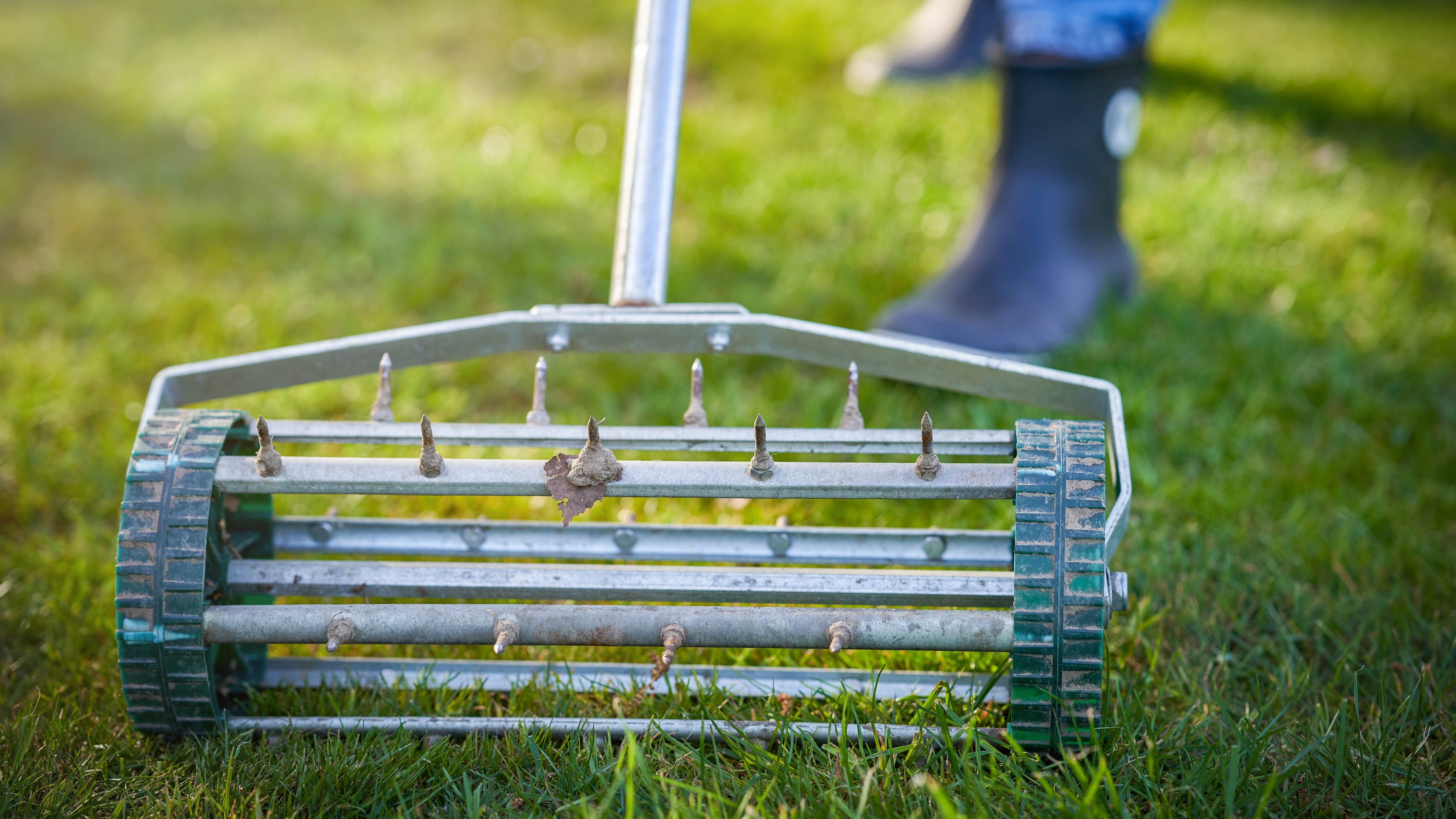
Heavy compacted soil prevents water, air and essential nutrients from reaching the grass roots. And since mushrooms thrive in damp conditions, you’ll need to aerate your lawn to improve drainage, allow more oxygen to get into the soil, and reduce fungi growth.
Generally, aerating a lawn involves puncturing the ground with either a spike or core lawn aerator. Spike aerators literally have long spikes that puncture the ground as you pass over it. While core aerators, pull up ‘cores’ of soil as they work, leaving them on the surface. Experts recommend aerating the soil two to three times a year, to discourage mushroom, fungi and moss growth, and ensure healthy grass all year round.
Aerators are available at your local garden centre or online like this Walensee Lawn Spike Aerator ($31, Amazon). Or, if your yard is large, it might be worth renting a mechanical aerator.
5. Remove rotting wood
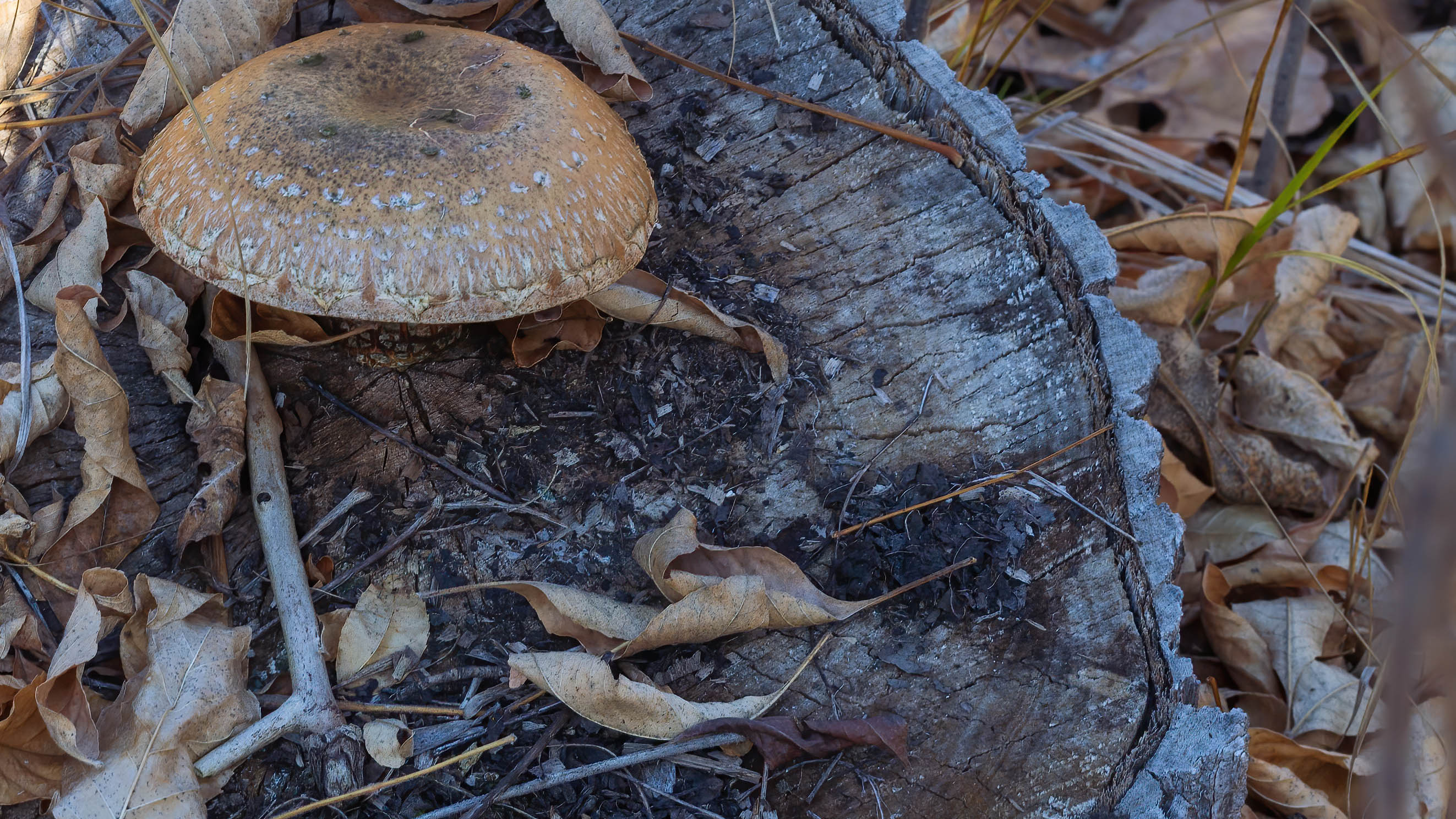
If you have piles of chopped wood or even old tree stumps in your backyard, these need to be removed . The rotting, decaying roots often encourage mushroom growth, which is one of the reasons we tend to see mushrooms or fungi in woodlands.
In fact, the shadier and damper the wood, the more fungi will feed off it — so eliminate this by clearing areas with rotting wood where possible.
6. Let the light in

Alongside moist or damp conditions, mushrooms thrive in dark, shaded areas. Ensure you create light in your yard by cutting back large tree branches, shrubs or pruning rose or flower bushes with one of the best pruning shears.
Too much shade will not only encourage mushroom growth, but block out essential sunlight getting to your lawn. This will also help to make your yard look bigger, and brighter.
7. Don’t overwater lawn
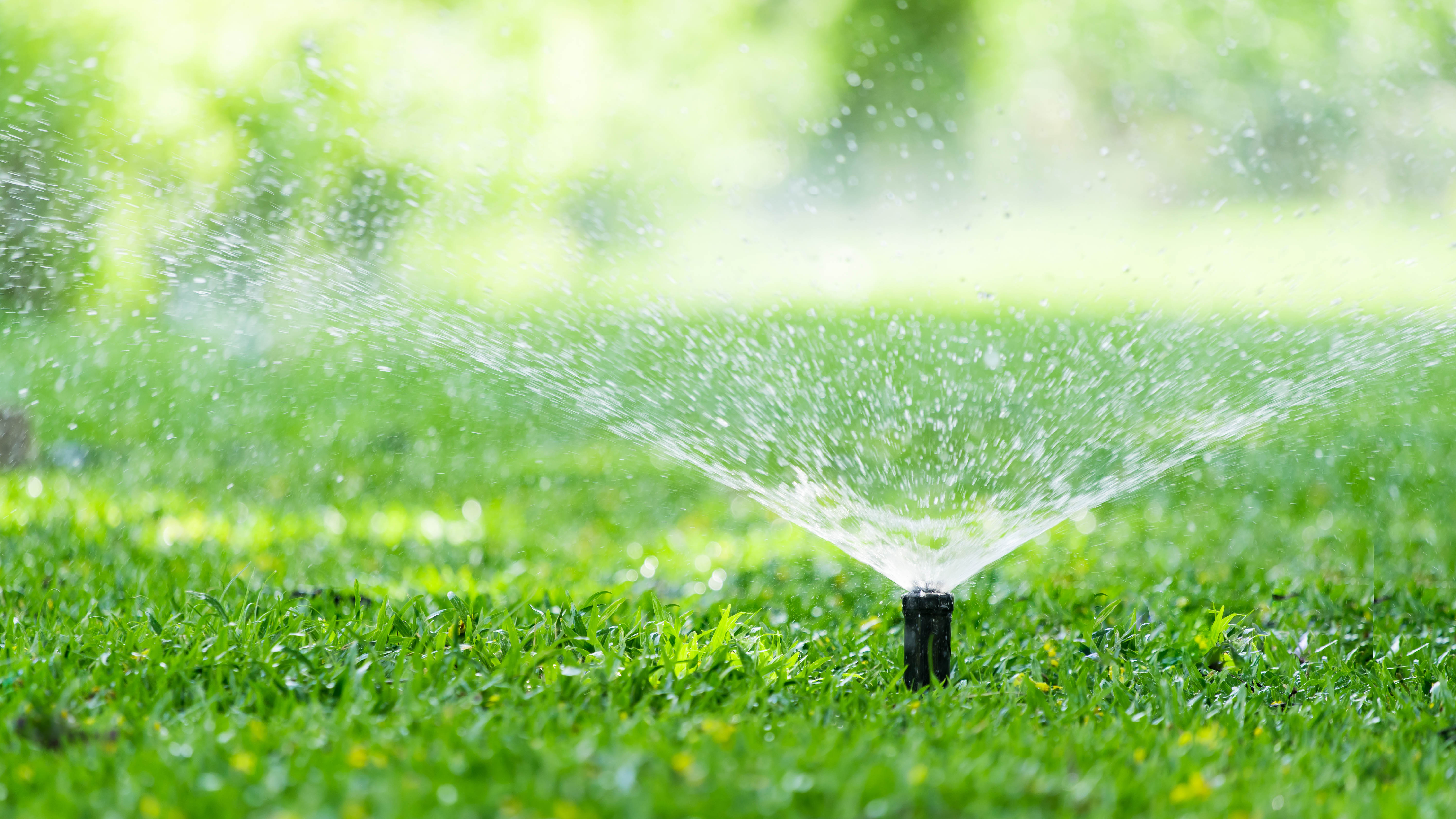
While our lawns need watering to remain lush and healthy, especially in the summer, avoid overwatering your lawn. A soggy or waterlogged lawn are prime conditions for the growth of mushrooms, weeds, moss, and any other lawn disease. This is especially the case if you water your lawn late in the evening, and allow the water to sit throughout the night.
Experts recommend the best time to water your lawn is early morning, preferably before 10am. Usually, the temperature outside is still cool and the wind and sun are less intense, giving the water a better chance to reach and penetrate your soil. In addition, this makes it less likely for the water to evaporate quickly — as it would do on scorching, summer afternoons.
You might also want to look out for these 7 signs you’re overwatering your yard.
More from Tom's Guide
- These are the five signs that your lawn needs urgent repairs
- Avoid these seven common lawn care mistakes
- Learn how to plant grass seed

As the Homes Content Editor, Cynthia Lawrence covers all things homes, interior decorating, and garden-related. She has a wealth of editorial experience testing the latest, ‘must-have’ home appliances, writing buying guides and the handy ‘how to’ features.
Her work has been published in various titles including, T3, Top Ten Reviews, Ideal Home, Real Homes, Livingetc. and House Beautiful, amongst many.
With a rather unhealthy obsession for all things homes and interiors, she also has an interior design blog for style inspiration and savvy storage solutions (get rid of that clutter!). When she’s not testing cool products, she’ll be searching online for more decor ideas to spruce up her family home or looking for a great bargain!
